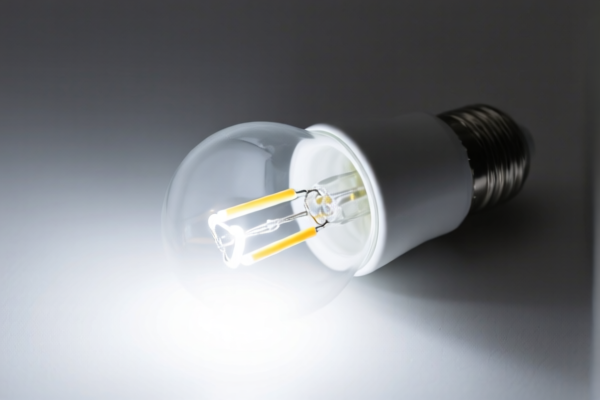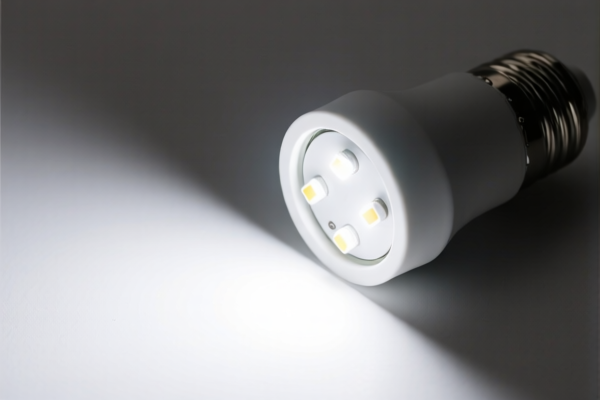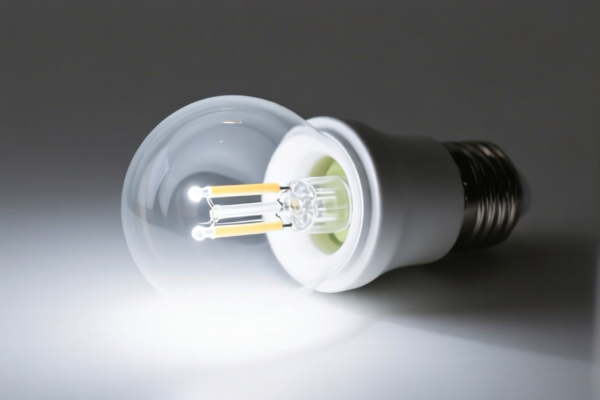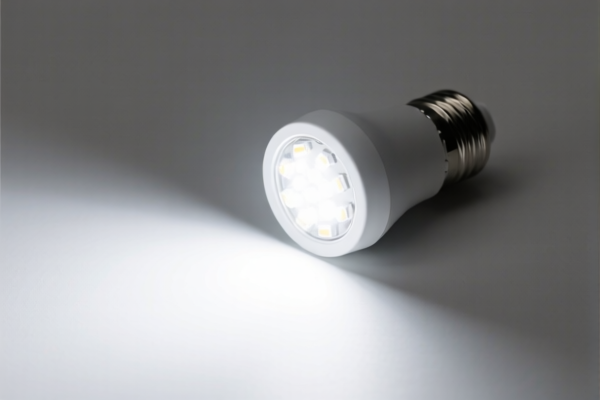| HS Code | Official Doc | Tariff Rate | Origin | Destination | Effective Date |
|---|---|---|---|---|---|
| 7305191030 | Doc | 30.0% | CN | US | 2025-05-12 |
| 7305191060 | Doc | 30.0% | CN | US | 2025-05-12 |
| 7411101030 | Doc | 56.5% | CN | US | 2025-05-12 |
| 7411105000 | Doc | 58.0% | CN | US | 2025-05-12 |
| 8454900080 | Doc | 55.0% | CN | US | 2025-05-12 |
| 8307103000 | Doc | 58.8% | CN | US | 2025-05-12 |
| 8307106000 | Doc | 58.8% | CN | US | 2025-05-12 |




Conversion Tube
A conversion tube, also known as a converter tube or adapter tube, is a cylindrical component designed to connect components with dissimilar threaded or non-threaded interfaces. These tubes facilitate the use of accessories or equipment on systems they were not originally intended for, or to modify the focal length of optical systems.
Material
Conversion tubes are commonly manufactured from:
- Aluminum Alloys: Lightweight, affordable, and easily machinable. Often used for less demanding applications.
- Stainless Steel: Offers greater durability, corrosion resistance, and precision. Preferred for professional or scientific applications.
- Brass: Provides good machinability and corrosion resistance, often used in photographic adapters.
Purpose
The primary purpose of a conversion tube is interface adaptation. This includes:
- Connecting different camera lenses to camera bodies: Allows the use of lenses designed for one camera system on a different camera body.
- Connecting telescopes to cameras: Enables astrophotography or terrestrial photography through a telescope.
- Adapting accessories to existing equipment: Permits the attachment of filters, extenders, or other components to systems with incompatible threads or connections.
- Changing the effective focal length: Extension tubes, a specific type of conversion tube, increase the distance between the lens and the sensor, resulting in higher magnification.
Function
Conversion tubes function by providing a mechanical interface between two components. This interface typically relies on:
- Threads: Most conversion tubes utilize standard thread patterns (e.g., T-mount, M42, bayonet mounts) to securely connect to lenses, cameras, or accessories.
- Flanges: Some tubes use flanges with specific diameters and thread patterns for precise alignment and secure connections, common in scientific applications.
- Bores: The inner diameter (bore) of the tube must be large enough to allow light to pass through unobstructed, especially important for photographic applications.
Usage Scenarios
- Astrophotography: Connecting cameras to telescopes for capturing images of celestial objects.
- Microscopy: Adapting cameras to microscopes for capturing images of specimens.
- Photographic Adaption: Using vintage lenses on modern digital cameras.
- Industrial Inspection: Connecting cameras to borescopes or endoscopes for visual inspection of hard-to-reach areas.
- Scientific Research: Connecting specialized sensors or detectors to optical systems.
Common Types
- T-Mount Adapters: A universal thread standard for connecting lenses to cameras, requiring separate adapters for specific camera brands.
- M42 Adapters: Another common thread standard, often used with vintage lenses.
- Bayonet Mount Adapters: Adapters designed for specific camera bayonet mounts (e.g., Canon EF, Nikon F, Sony E).
- Extension Tubes: Hollow tubes inserted between the camera body and lens to increase magnification. These typically come in sets of varying lengths.
- Spacer Tubes: Used to adjust the distance between components for precise focusing or alignment.
- Variable Extension Tubes: Allow for adjustable extension lengths.
- Camera-Specific Adapters: Designed for a specific camera model and lens mount.
Based on the provided information, “conversion tube” can potentially fall under several HS codes depending on its material, diameter, and intended use. Here's a breakdown of relevant options:
- 7305191030: Other tubes and pipes (for example, welded, riveted or similarly closed), having circular cross sections, the external diameter of which exceeds 406.4 mm, of iron or steel: Line pipe of a kind used for oil or gas pipelines: Other: Of iron or nonalloy steel With an external diameter exceeding 406.4 mm but not exceeding 609.6 mm. This applies if the tube is made of iron or steel, is intended for oil or gas pipelines, has a circular cross-section exceeding 406.4 mm in diameter, and is between 406.4 mm and 609.6 mm in external diameter. The total tax rate is 30.0%.
- 7305191060: Other tubes and pipes (for example, welded, riveted or similarly closed), having circular cross sections, the external diameter of which exceeds 406.4 mm, of iron or steel: Line pipe of a kind used for oil or gas pipelines: Other: Of iron or nonalloy steel With an external diameter exceeding 609.6 mm. This applies if the tube is made of iron or steel, is intended for oil or gas pipelines, has a circular cross-section exceeding 406.4 mm in diameter, and is greater than 609.6 mm in external diameter. The total tax rate is 30.0%.
- 8307103000: Flexible tubing of base metal, with or without fittings: Of iron or steel: With fittings. This applies if the tube is flexible, made of iron or steel, and includes fittings. The total tax rate is 58.8%.
- 8307106000: Flexible tubing of base metal, with or without fittings: Of iron or steel: Other. This applies if the tube is flexible, made of iron or steel, and does not include fittings. The total tax rate is 58.8%.
Important Considerations:
- Material Verification: For HS codes 7305191030 and 7305191060, the material must be verified as iron or nonalloy steel.
- Diameter Measurement: Accurate measurement of the external diameter is crucial for correct classification under HS codes 7305191030 and 7305191060.
- Flexibility: Determine whether the tube is flexible to correctly classify under HS codes 8307103000 or 8307106000.
- Fittings: Confirm the presence or absence of fittings for classification under HS codes 8307103000 or 8307106000.
Customer Reviews
No reviews yet.